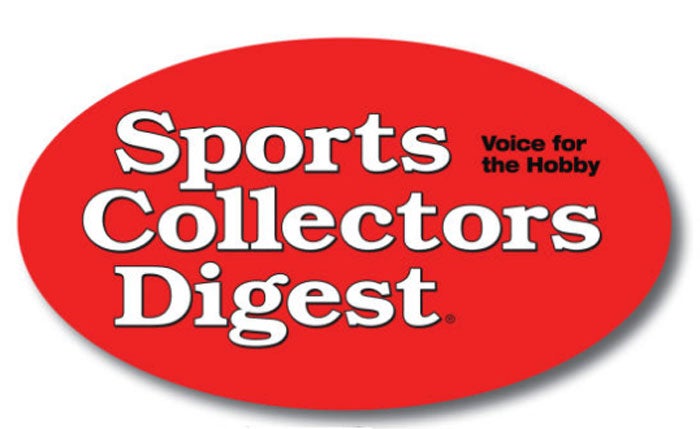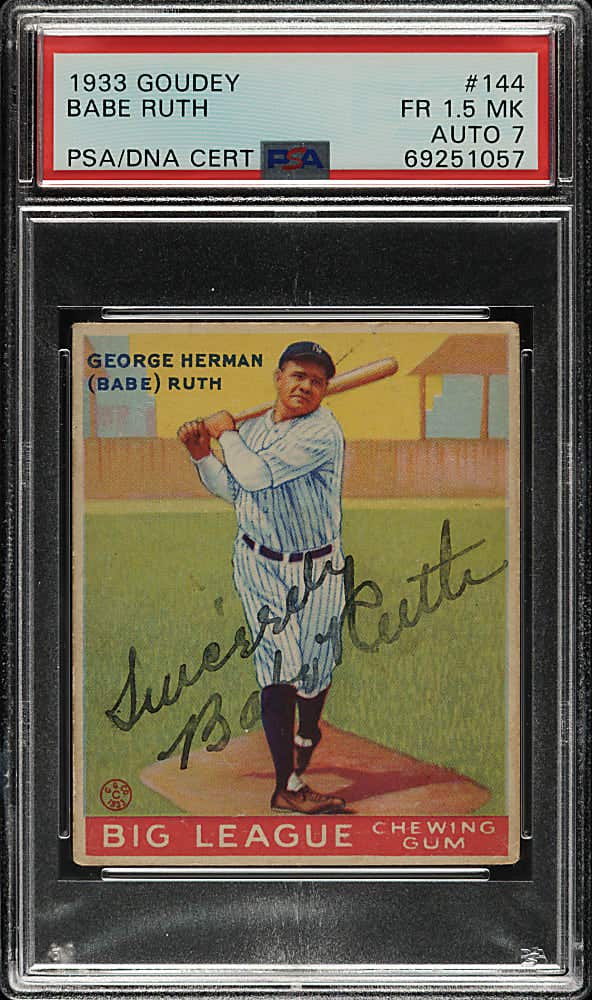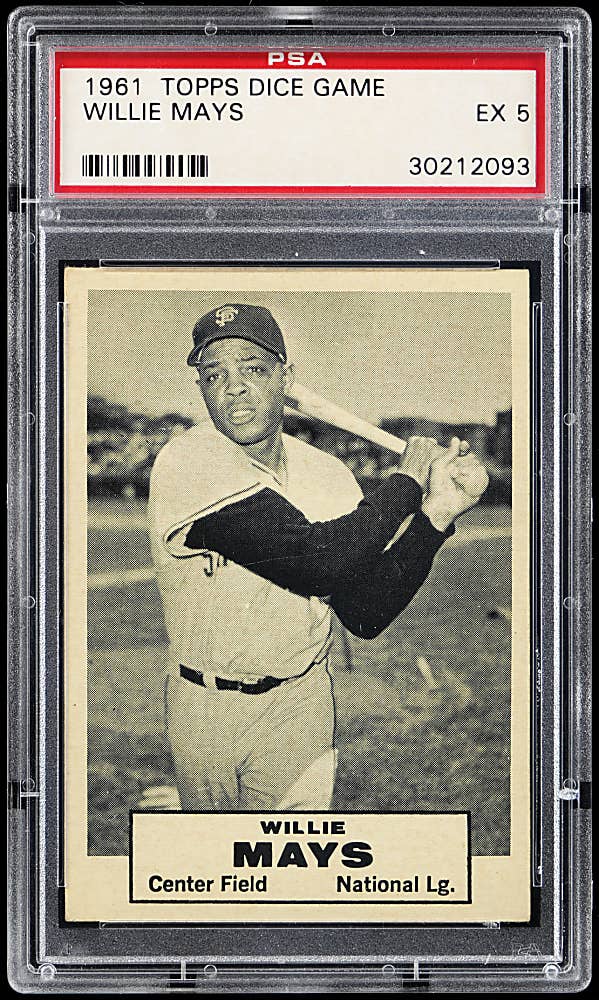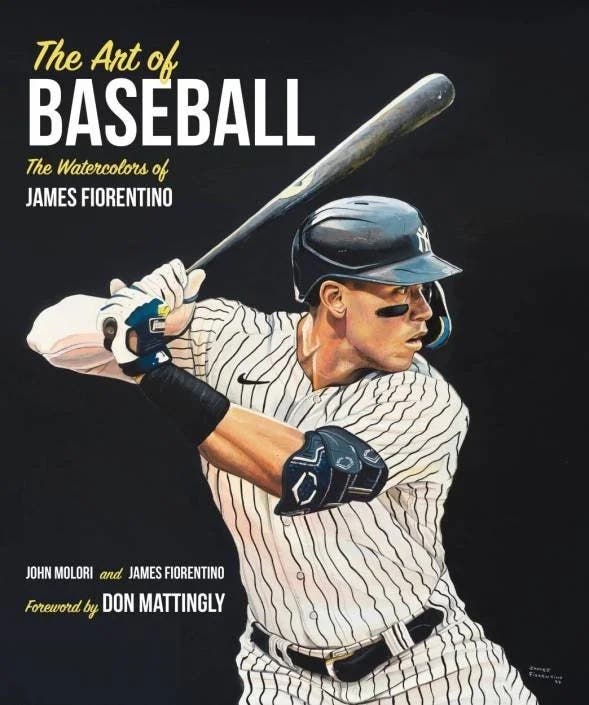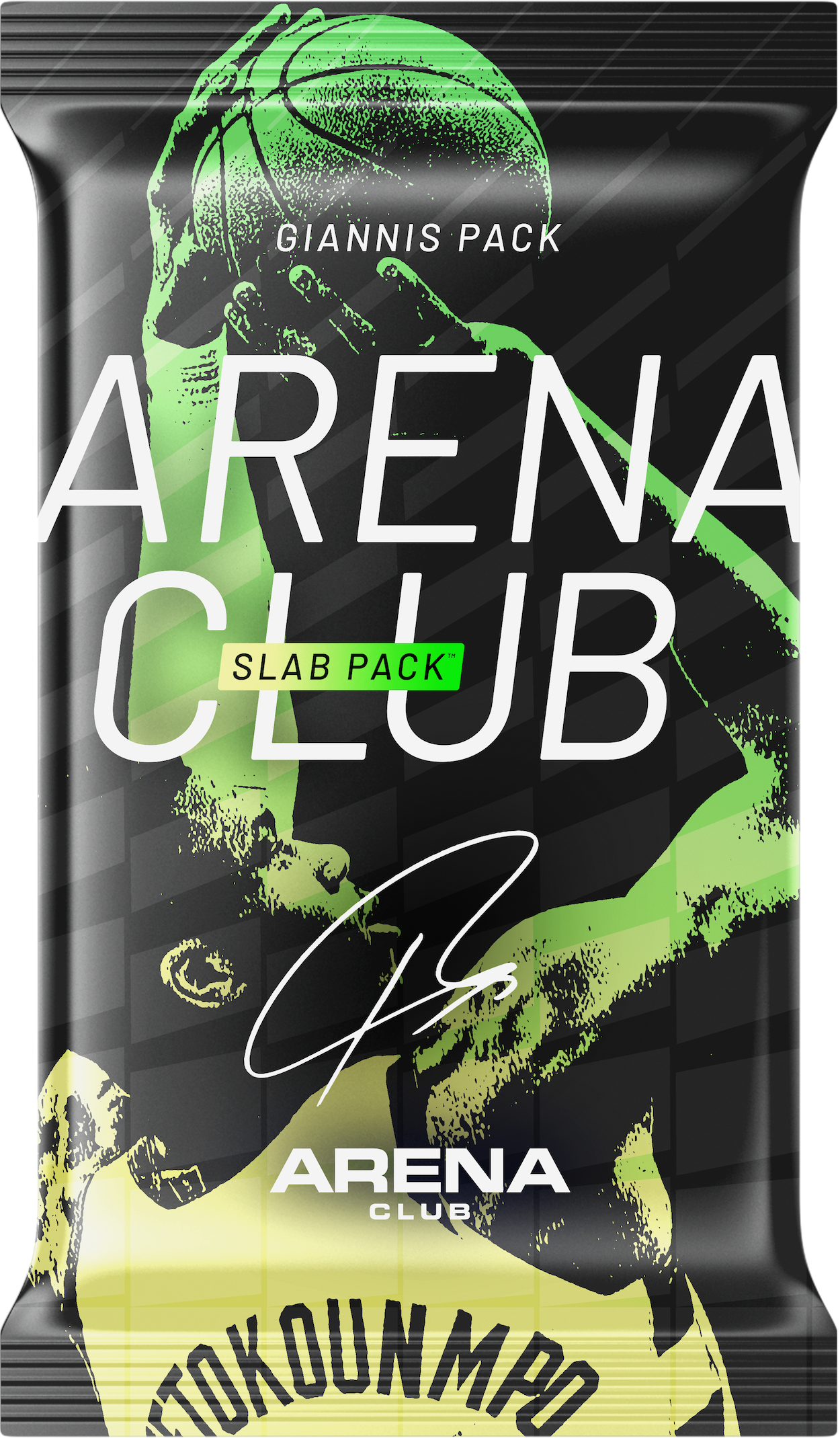Cards
With WWII looming, three pre-war baseball card sets had collectors wanting to PLAY BALL in 1941
Like few others, the 1941 MLB season produced some of the most memorable moments in professional baseball history—all against the looming backdrop of World War II, which erupted by the end of the year.
The baseball universe received some sad news in early June 1941 when Yankees’ legend Lou Gehrig passed away at the age of 37. By mid-July, Joe DiMaggio, Gehrig’s former teammate and now the face of the New York franchise, sparked nationwide enthusiasm with a consecutive games hitting streak that topped out at 56. Shortly before DiMaggio’s epic run halted, Boston’s Ted Williams blasted a walk-off, three-run homer to win the All-Star Game for the American League.
Related Content:
Williams finished the year hitting.406—the last big leaguer to eclipse .400 in a full season—and the Red Sox slugger did it in style. On the day before the end of the regular season, Williams’ average stood at .399 and change. Technically, it could have been rounded up to .400 and he could have sat out the last two games the next day, but the slugger did not want to “back in” to such a milestone. Instead, he played in a doubleheader in Philadelphia and went 6-for-8!
The Yankees beating the revitalized Brooklyn Dodgers in the World Series was almost an afterthought in comparison to the regular season memories.
Card collectors enjoyed three mainstream set choices in 1941—Double Play, Goudey and Play Ball. Those choices and the top 1941 cards are all highlighted in Todd Marcum’s 2024 book: “Baseball Cards At The Edge of War, 1941: The Games, The Gum, and The Glory.”
DOUBLE PLAY
The Double Play set, produced by Gum Products, Inc., came out of Cambridge, Mass., and it delivered a one-two punch on each pasteboard, as in two teammates per card. Normally with close-up photos, this issue occasionally highlighted more action poses—like on card #81/82, which features future Hall of Famers Ted Williams and Joe Cronin both swinging a bat. Williams also appears on card #57/58 with fellow Boston rep Jim Tabor.
DiMaggio shows up once in the 75-card, blank-backed set, as do several other Hall of Famers, including: Jimmie Foxx, Phil Rizzuto, Bill Dickey, Hank Greenberg, and Lefty Grove. Grove’s last MLB pitching appearance, by the way, took place on the season’s final day in a brief outing for Boston as Williams capped off his historic .406 performance.
“The Double Play set is a little underrated,” Marcum said, “but it has its big names and includes the [Johnny] Mize and [Enos] Slaughter rookies and it’s more comprehensive with the number of players it includes.”
The author also noted the Double Play issue enjoys a connection with a classic baseball card offering.
“They were printed on the same presses as the 1933 DeLong set,” Marcum said. Any card of the colorful ’33 DeLong variety features a player looking like a giant as his image towers over a stadium backdrop.
GOUDEY OUT WITH A WHIMPER
During the 1930s the Goudey Gum Company put out some well-designed and highly sought-after cards, including the 1933 Sport Kings and various all-baseball sets. But come 1941, the card maker’s last effort out of Boston lacked a solid look, coupled with an extremely limited inclusion of name players—and only 33 cards.
The blank-backed set comes with black-and-white photos against one of these background colors: blue, green, red and yellow. PSA Population numbers indicate that cards with red or blue backgrounds from the set generally show up the least, and with some 2,200 graded versions, it’s worth noting that there are no PSA 9s or above in the pop report.
“This set is a mess,” Marcum said. “It looks like the cards were cut with baling wire, the player selection was quirky, and some of the players had been retired a couple years.
“What this set lacks in overall star power and design, the ’41 Goudey issue leads the Double Play and Play Ball sets in terms of scarcity,” he added.
At least the set ends with future Hall of Famer Mel Ott. Ott’s New York Giants teammate and fellow Cooperstown inductee, pitcher Carl Hubbell, makes up the only other big name in the collection.
One other card of note in the ’41 Goudey offering: Philadelphia Phillies pitcher Hugh Mulcahy, the set starter. On the bottom of his card it states he was the “First Major Leaguer to be drafted in [the] U.S. Army (March 1941).” After several years losing many games on some wretched Phillies teams, upon his Army induction, Mulcahy cracked, “At least I’m on a winning team.”
WORLD OF COLOR
Whether it’s because of some of the player nicknames, like Pinky, Soupy and Vandy, the numerous superstars, the splashy art-deco look or any combination of those elements, the third baseball set to compete for kids’ pennies in 1941 came via Gum, Inc.—the nearly impossible to ignore Play Ball collection.
The ’41 Play Ball cards made up the last baseball set under the Philadelphia-based Gum, Inc. umbrella, rebranded a few years later as the Bowman Company by its owner Warren Bowman. While the Play Ball offerings of 1939 and 1940 showed the ballplayers in black-and-white photos, the 1941 cards were colorized illustrations, many of which were based on the company’s 1940 images.
The combination of vivid color and star power, with over a dozen future Hall of Famers, such as Dickey, Foxx, Greenberg, Gomez and, of course, DiMaggio and Williams, makes this collection stand out.
“As a general rule, of the 1941 sets, people prefer the Play Ball set, with its colorful design, player selection and bios and that all three DiMaggio brothers are in the set,” Marcum said. “People tend to gravitate toward it.”
In fact, this is the only major issue including all three DiMaggio brothers (Dom, Joe and Vince) and that trio appears in the last dozen of the offering’s 72 cards.
“And the Ted Williams and Joe DiMaggio cards are truly iconic,” Marcum said.
Marcum thinks these pre-war sets will remain popular and hold their value as more decades roll by, but not just in a monetary way.
“The real value you get is the relationship with these sets,” he said.
While the three major 1941 baseball card collections came out during a roiling cauldron of conflict that, by year’s end, would be kicked over and spill across much of the globe, the cardboard issues brought some joy to baseball fans then and ever since. And they continue to garner much respect for the players and time period in which it all unfolded.
AUCTION RESULTS
Here are some recent auction results from the trio of mainstream 1941 baseball card sets.
DOUBLE PLAY
Ted Williams/Joe Cronin #81/82 (PSA 4) $411-$570
Joe DiMaggio/Charley Keller #63/64 (PSA 4) $435
Nelson Potter/Benny McCoy #129/130 (PSA 8) $170
Jimmy Wasdell/Dolph Camilli #19/20 (PSA 6) $59
GOUDEY
George Case #16 (PSA 6 MC) (Red background) $210
Dario Lodigiani #15 (PSA 5) (Green) $187
Harold Wartsler #21 (raw, Fair/Good) $22
Bill Dietrich #9 (raw, Poor) (Red) $14
PLAY BALL
Ted Williams #14 (PSA 6.5) $7,950
Joe DiMaggio #71 (PSA 5) $6,605
Pee Wee Reese #54 (PSA 5) $1,335
Jimmie Foxx #13 (PSA 2) $275
— Doug Koztoski is a frequent SCD contributor. He can be reached at dkoz3000@gmail.com.

